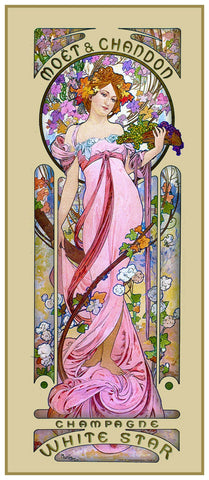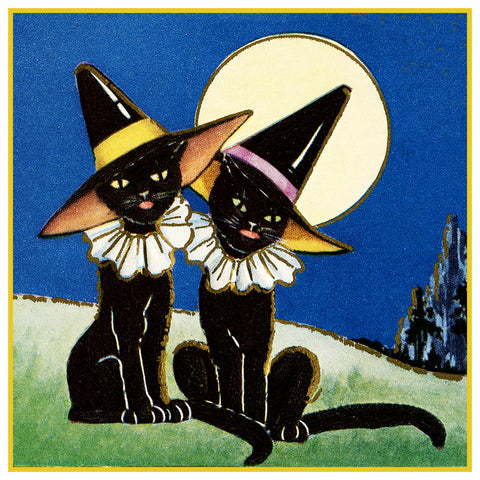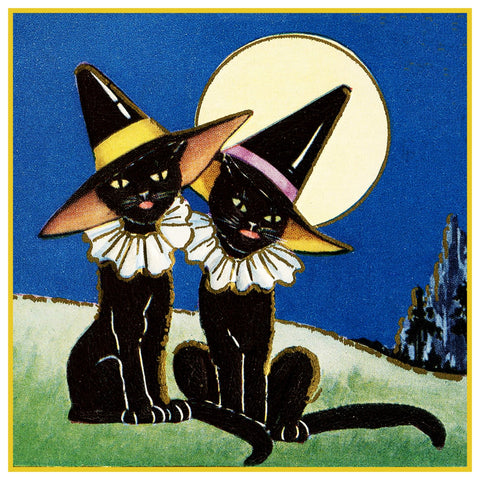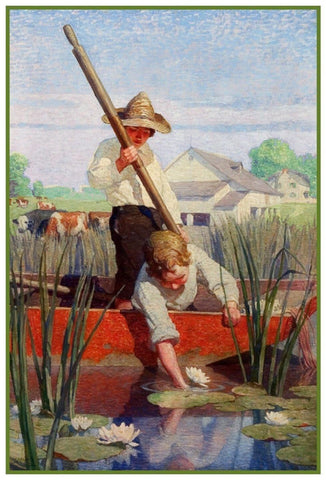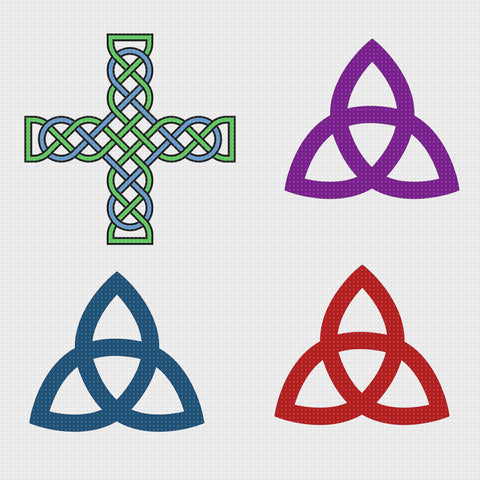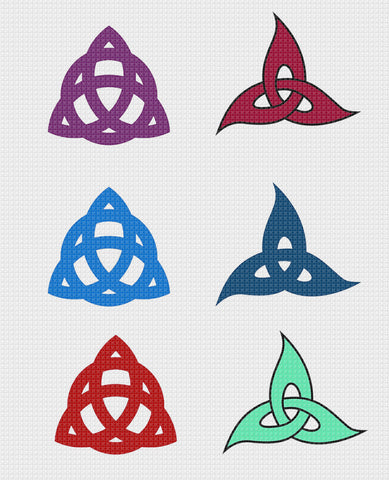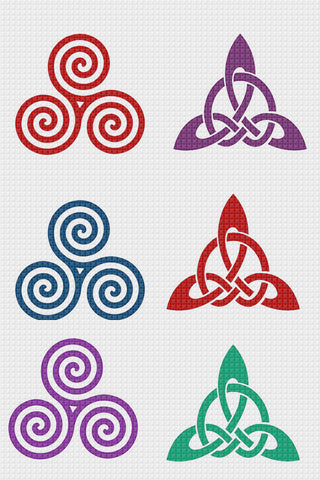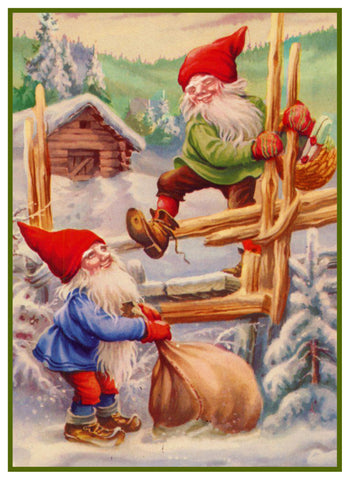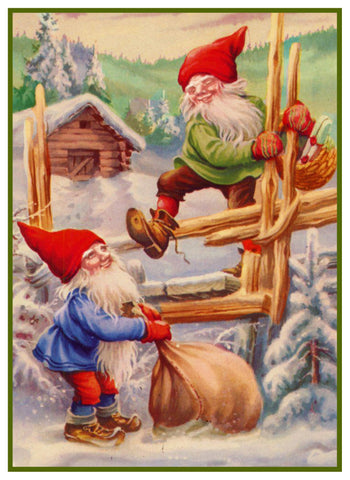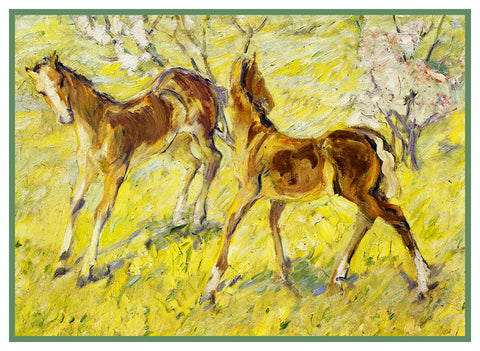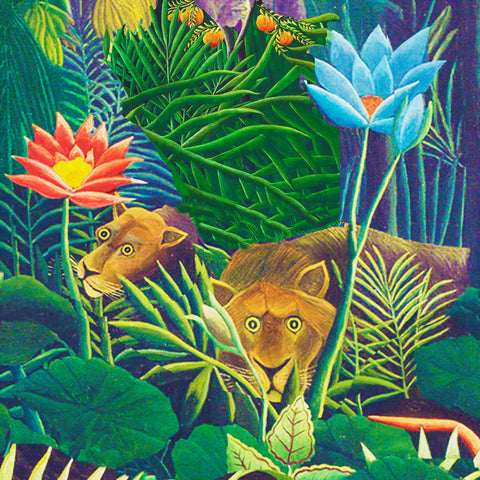- This product is a Digital Download of a COUNTED CROSS STITCH PATTERN. Instructions included.
- This pattern is used to sew and create a cross stitch picture.
- This is NOT a completed product. It is NOT a kit, it is a DIGITAL DOWNLOAD. Floss, fabric, and other supplies are NOT INCLUDED.
- After purchasing you can work from this digital pattern on your device or print the pattern on your own printer.
- The pattern consists of a multi-page enlarged chart that is easy to follow as you work.
- This pattern is in Black and White and uses symbols to differentiate the different threads you will use. It is NOT IN COLOR.
- See the detailed product images attached to this listing showing what you will receive and what the pattern looks like.
- Chart/Patterns use up to 40 colors of floss, which YOU must provide.
- This pattern uses Full Stitches only. No half stitches, and no backstitching necessary.
- Charted for 14 count fabric and DMC Cotton Floss. Finished size is 16 inches (224 Stitches) by 11 inches (154 Stitches).
Edvard Munch, 1863-1944, was a Norwegian painter and printmaker whose intensely evocative treatment of psychological themes built upon some of the main tenets of late 19th-century Symbolism and greatly influenced German Expressionism in the early 20th century. His best-known work is The Scream, painted in 1893. When Munch died, his remaining works were bequeathed to the city of Oslo, which built the Munch Museum at T??yen (it opened in 1963). The museum holds a collection of approximately 1,100 paintings, 4,500 drawings, and 18,000 prints, the broadest collection of his works in the world. The Munch Museum serves as Munch's official estate, and has been active in responding to copyright infringements, as well as clearing copyright for the work, such as the appearance of Munch's the Scream in a 2006 M&M's advertising campaign. Munch's art was highly personalized, and he did little teaching. His "private" symbolism was far more personal than that of other Symbolist painters such as Gustave Moreau and James Ensor. Munch was still highly influential, particularly with the German Expressionists, who followed his philosophy, "I do not believe in the art which is not the compulsive result of Man's urge to open his heart." Many of his paintings, including The Scream, have universal appeal in addition to their highly personal meaning.


![[product_title] - Orenco Originals LLC Counted Cross Stitch](http://www.orencooriginals.net/cdn/shop/products/01a16x11MunchtheDanceofLife_3cdb0645-0ce4-4967-9d1c-8a71871653dd_1024x1024.jpg?v=1606170541)
![[product_title] - Orenco Originals LLC Counted Cross Stitch](http://www.orencooriginals.net/cdn/shop/products/01a16x11MunchtheDanceofLife_3cdb0645-0ce4-4967-9d1c-8a71871653dd_medium.jpg?v=1606170541)
![[product_title] - Orenco Originals LLC Counted Cross Stitch](http://www.orencooriginals.net/cdn/shop/products/ChartExample_30b0f146-448a-41a4-a91b-29a8642c1320_medium.jpg?v=1606170541)
![[product_title] - Orenco Originals LLC Counted Cross Stitch](http://www.orencooriginals.net/cdn/shop/products/whats_inside_a_package_19bc3485-b468-4ac9-a6da-51c05871ab25_medium.jpg?v=1606170542)
![[product_title] - Orenco Originals LLC Counted Cross Stitch](http://www.orencooriginals.net/cdn/shop/products/whatyouwillreceiveUSE_fd2d52c8-6b0f-4de4-a324-a9f74f1f5d1d_medium.jpg?v=1606170542)
